钒基金属有机框架MIL-47因其独特的结构和独特的性能(例如,柔性结构、高热稳定性和高表面积)而在其他MOF中脱颖而出。据报道,MIL-47 的合成采用多种金属前体,包括作为丰富金属离子源的氯化钒( III ) (VCl 3 )。人们已尝试加入其他起始材料,这是迈向大规模生产的一步。鼓励使用各种固体材料进行合成,寻求经济和更环保的方法。在这项研究中,五氧化二钒(V 2 O 5 )是一种容易丰富的低成本且热力学稳定的金属源,被用来通过简单的溶剂热路线合成MIL-47(V)框架。该前体根据所应用的反应条件提供可控的金属离子产生速率。在我们的方法中,合成在低温和反应时间较低(180°C 20 小时,而不是 220°C 72 小时)下进行,产生 MIL-47 微棒。此外,在其独特的性能中,MIL-47 的金属中心在热处理或化学处理的影响下会氧化,从而保留了框架结构。这种不寻常的特征在类似的 MOF 结构中并不常见。这种特性可以在防腐应用中得到利用,氧化还原反应会牺牲框架成分,从而保护接触的金属。然而,MIL-47 对于腐蚀性介质的化学稳定性值得怀疑。 因此,我们的研究中加入了负载量为 10 wt% MOF 的环氧涂层,以延长铝合金 (AA2024) 表面保护,延长暴露时间。使用 SEM/EDX 证实了制备的 MOF 在环氧树脂基体中分布的均匀性。使用电化学阻抗谱(EIS)来评估涂层样品的腐蚀性能。结果表明,添加 V-MOF 可使 AA2024 合金对人造海水具有长达 60 天以上的防腐蚀能力。经过两周的浸泡,纯环氧涂层无法阻止 AA2024 的腐蚀,可以清楚地观察到点蚀。 V-MOF可以引发一系列氧化还原反应,导致钒在金属表面的阴极位点上沉淀。
 "点击查看英文标题和摘要"
"点击查看英文标题和摘要"
Facile solvothermal synthesis of a MIL-47(V) metal–organic framework for a high-performance Epoxy/MOF coating with improved anticorrosion properties
The vanadium-based metal–organic framework MIL-47 distinguishes itself among other MOFs for its distinctive structure and unique properties (e.g., flexible structure, high thermal stability, and high surface area). The synthesis of MIL-47 has been reported from various metal precursors, including vanadium(III) chloride (VCl3) as a rich source of metal ions. Attempts have been made to include other starting materials, a step forward towards large-scale production. Synthesis from various solid materials is encouraged, seeking an economic and greener approach. In this study, vanadium pentoxide (V2O5), a readily abundant low-cost and thermodynamically stable metal source, was used to synthesize the MIL-47(V) framework via a facile solvothermal route. This precursor provides a controllable rate of metal ion production depending on the applied reaction conditions. In our method, the synthesis took place at a low temperature and reaction time (180 °C for 20 h, instead of 220 °C for 72 h), yielding MIL-47 microrods. Moreover, among its unique properties, the metal centers of MIL-47 oxidize under the influence of thermal or chemical treatments, preserving the framework structure. This unusual character is not commonly witnessed in comparable MOF structures. This property can be leveraged in anti-corrosion applications, whereby a redox reaction would sacrifice the framework components, protecting the metal in contact. However, the chemical stability of MIL-47 is doubted against a corrosive medium. Thus, an epoxy coating with 10 wt% MOF loading was incorporated in our investigation to extend the aluminum alloy (AA2024) surface protection for prolonged exposure duration. The uniformity of distribution of the prepared MOF within the epoxy matrix was confirmed using SEM/EDX. Electrochemical impedance spectroscopy (EIS) was used to evaluate the corrosion performance of the coated samples. The results showed that the inclusion of V-MOF offers extended corrosion prevention, over 60 days, for the AA2024 alloy against artificial seawater. The neat epoxy coating could not prevent the corrosion of AA2024 over two weeks of immersion, whereby pitting corrosion was clearly observed. The V-MOF could induce a series of redox reactions leading to the precipitation of vanadium on the cathodic sites of metal surfaces.
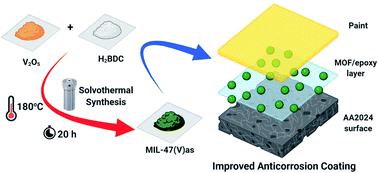


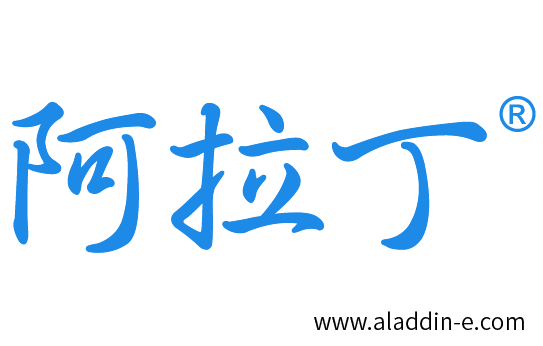
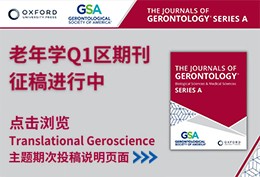

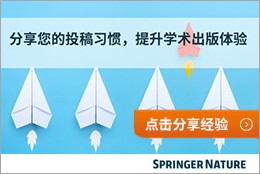




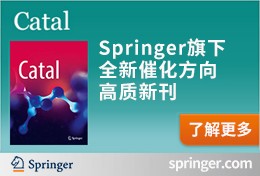
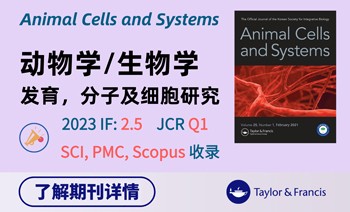










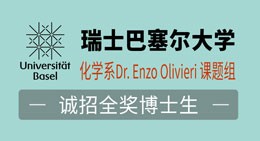
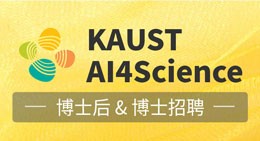










 京公网安备 11010802027423号
京公网安备 11010802027423号